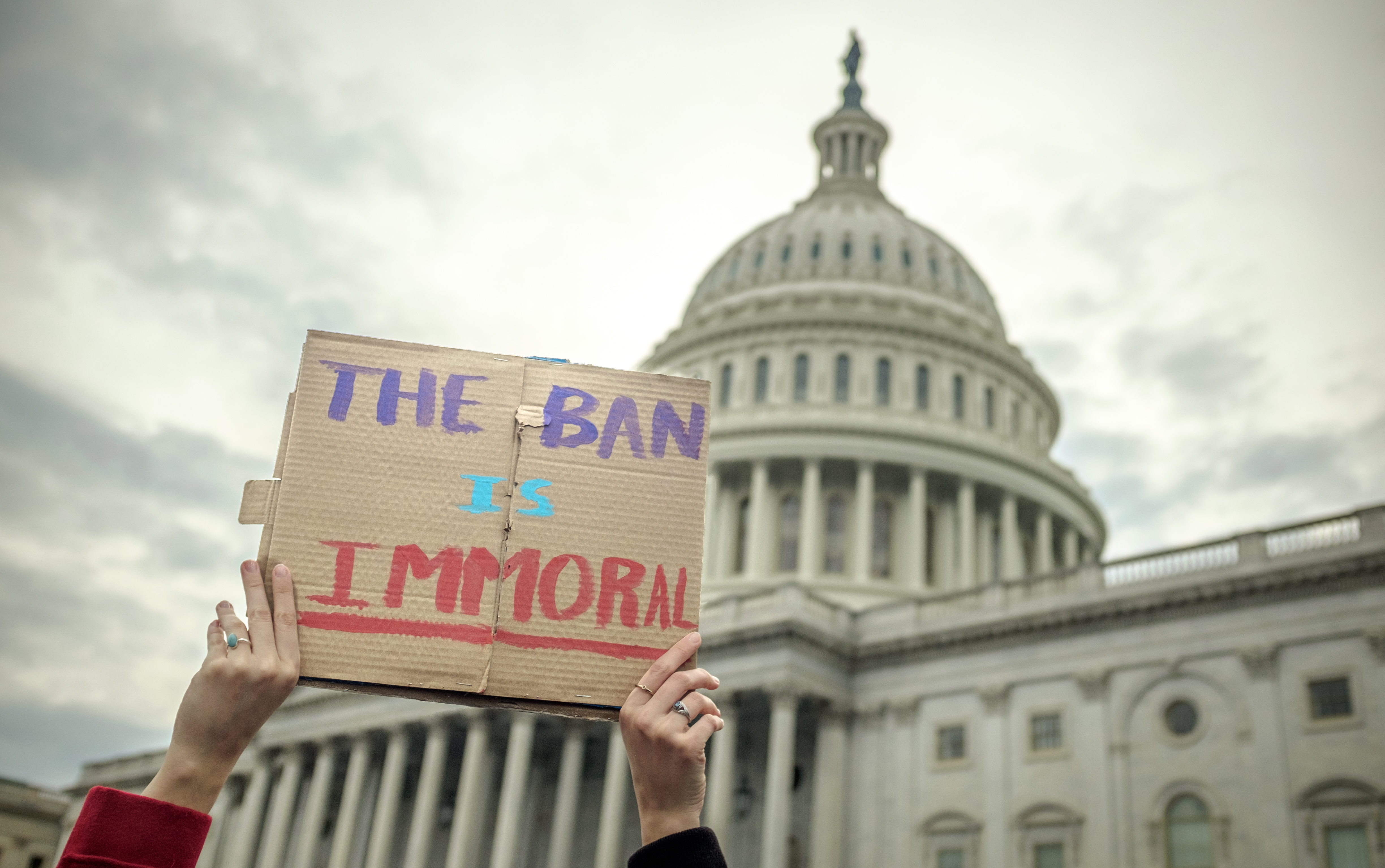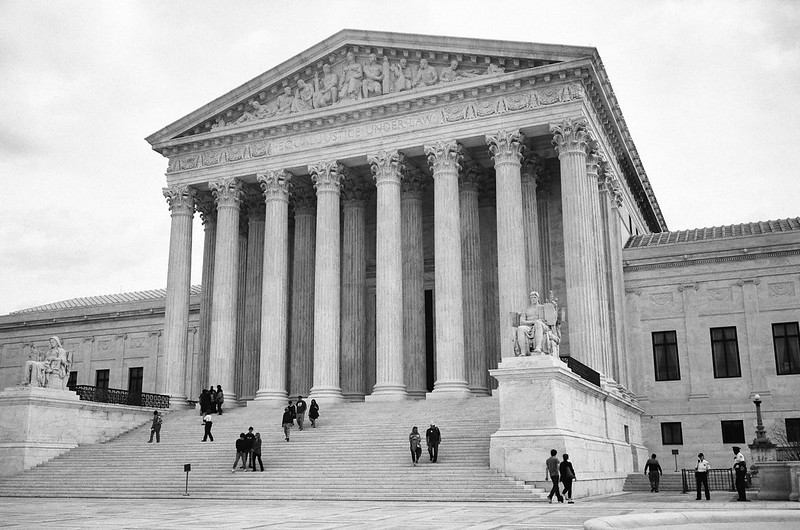This is a really interesting post for a number of reasons, by Jack Shenker in the Guardian: Women in Egypt get hi-tech aid to beat sexual harassment: A hi-tech weapon has been unveiled in the battle against sexual harassment in Egypt, where almost half the female population face unwanted attention from men every day. HarassMap, a private venture that is set to launch later this year, allows women to instantly report incidents of sexual harassment by sending a text message to a centralised computer.
Victims will immediately receive a reply offering support and practical advice, and the reports will be used to build up a detailed and publicly available map of harassment hotspots. The project utilises an open-source mapping technology more commonly associated with humanitarian relief operations, and the activists behind it hope to transform social attitudes to the harassment of women and shame authorities into taking greater action to combat the problem.
I think this initiative is awesome. Firstly, because it’s tackling the issue head-on. Despite what Suzanne Mubarak may say, there have long been reports of the rampant sexual harassment on Egypt’s streets. However, it was the “Clouds in Egypt’s Sky” study by the Egyptian Centre for Women’s Rights in 2008 that documented just how pervasive and insidious the practice was and is. It was a big study (more than 2000 participants) and gave some startling and telling results: not only did a whopping 83% of Egyptian women and 98% of foreign women report they have been sexually harassed, but 62.4% of men admitted they did it.
But I think one of the most important aspects of this study was that it found that 72.5% of victims surveyed were wearing hijab when they were sexually harassed. This is important because it shows the invalidity of the argument too many muslims (men AND women) bandy about of hijab being a protection against rape and harassment. Logically, even without this study, we can see why it’s not a reasonable argument: women in burqas in Afghanistan are raped, 99 year old grandmas are raped. These events show the appearance of a rape victim/survivor is NOT the determining factor in an attack. The determining factor is the man.
And as long as Muslims try to make the argument that hijab is the magical protection against sexual harassment and rape, then they continue to place the blame on the victim/survivor and are buying into the “she was asking for it by dressing like that” argument, and not where it sqaurely belongs: on the man.
The researchers were cognisant of the view common in some societies that the way a woman dresses plays a role in her level of harassment, and were careful to record the way women were dressed when they were harassed, as well as asking the male and female participants to predict (based on looking at a table) who would be more likely to be harassed based on their style of dress, to see if perception matched reality. The results were extremely telling.
31.9% of women who were wearing a long skirt, blouse and hijab, reported being harassed, 21% of women in pants, a long top and hijab reported being harassed, and nearly 20% of women wearing hijab and abaya (long, loose coat) reported being harassed.
As the report stated:
“We found that there was a contradiction between words and deeds. Participants believed that figures 2 and 4 [see report linked above for table] would get harassed more than others because these figures were not wearing the veil and were wearing short clothes, but the results proved that this is mistaken as the majority of women we interviewed were dressed like the figures 1,3,4 and 5 [all in hijab] but still experienced sexual harassment. These results illustrate the contradiction between society’s belief that appearance of the woman is a key factor leading to sexual harassment. Thsi confirms that the stereotypical ideas of a patriarchal culture that blames women even if they are victims is opposite to reality.”
I also like the Guardian report because it highlights an instant action that women can take, and also offers them support and advice.
Interestingly, it doesn’t SMS them back and ask them what they were wearing first.
What do you think? Is this service a good idea? And what do you think about the arguments made that the way a woman dresses impacts on her level of harassment?
(Photo courtesy Hijabman)
Susan Carland lectures in the School of Political and Social Inquiry at Monash University in Australia, where she is also completing her PhD on Muslim women in the West. Probably best known for her work on Salam Cafe, she also blogs at popmuslim.com. This piece originally appeared at Hijabman.com.




I think the service is a great idea. I wonder though what creative ways will be thought of by perpetrators to counter this approach. I hope they just change their ways!
The new study is also fascinating, and I think it aligns with the notion that these days, it is the covered woman that stands out-not just because she is a rare sighting, but because she is unfortunately associated now with terrorism or extremism. This is plausible in America, but would people agree that it might be true in Egypt due to the conflicts and perceptions of the Muslim world?